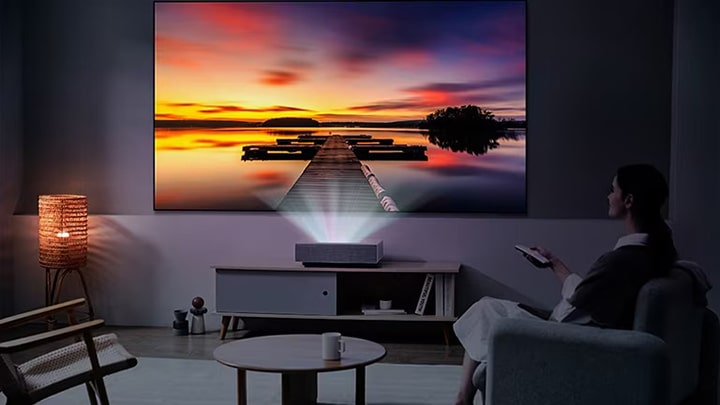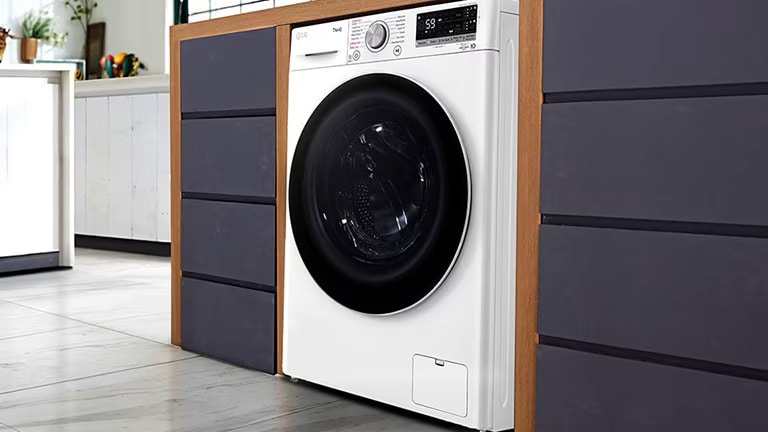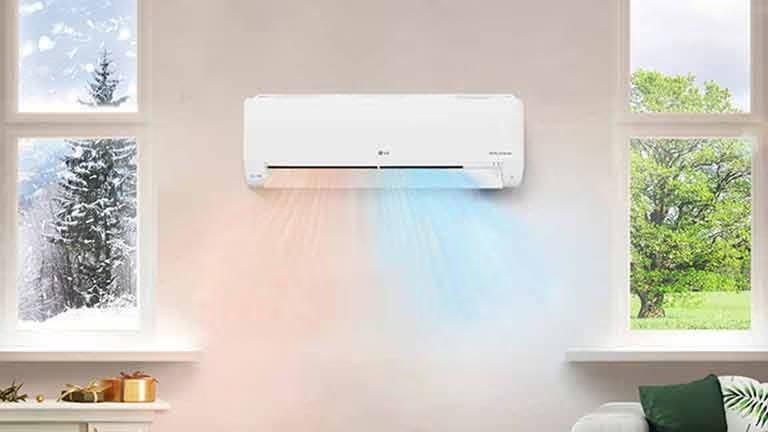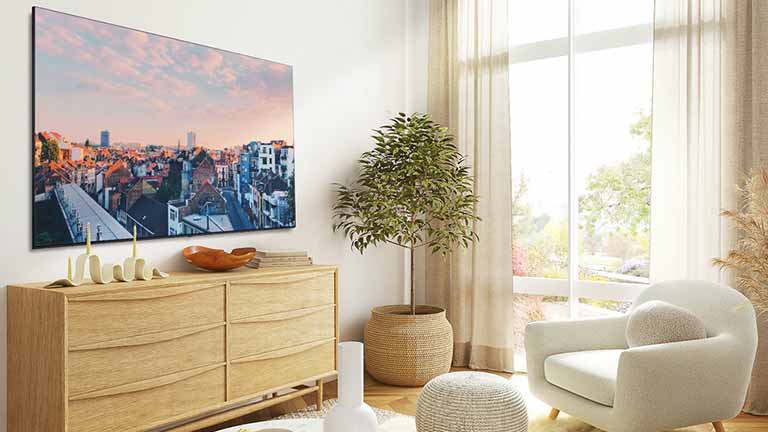We use cookies, including cookies from third parties, to enhance your user experience and the effectiveness of our marketing activities. These cookies are performance, analytics and advertising cookies, please see our Privacy and Cookie policy for further information. If you agree to all of our cookies select “Accept all” or select “Cookie Settings” to see which cookies we use and choose which ones you would like to accept.
Buying Guides
Projector Selections Guide
Projector Selections Guide
If you want to upgrade your home entertainment setup, you may want to consider investing in a projector. This way, you’ll be able to recreate the cinema experience from the comfort of your own living room. But there’s a lot to uncover about projectors, and it can be tricky to know what to look for when you’re shopping around. Luckily, we’ve put together a handy guide to help you decide which projector to buy for your home theatre.
How Do Projectors Work?
Before we go into detail about projectors generally, it’s worth explaining the technology behind them in more depth. A projector is simply a device that’s used to project an image from a computer, TV or gaming system. This works by shining and filtering a light through a small, transparent lens and projecting this onto a screen.
Projectors vs. TVs
Projectors vs. TVs
Unlike TVs, which deliver a direct image through the screen, projectors create the detail and luminance, and send this to a blank screen.
And whilst there are many large screen TVs on the market today that offer incredible picture quality, projectors can really recreate the cinematic experience, because you can project a huge picture onto the screen. If you complete your setup with an audio system, your home theatre will be even more immersive.
If you watch a lot of films – especially blockbuster films with plenty of action – you’ll appreciate the sheer size afforded to you by a projector.
Types of Projector
LED and laser projectors are the most common types for home use. These differ to traditional lamp projectors in that they use red, green and blue lighting, rather than a light bulb (which needs to be replaced regularly). However, there are distinctions between LED and laser projectors, and it’s worth understanding these differences before buying one for your home. You’ll find both types in our projector lineup online.
LED vs. Laser Projectors
LED vs. Laser Projectors
In LED projectors, a combination of red, green and blue LED bulbs are used to create white light, which is then filtered through the lens and projected as an image on the screen. LED projectors are known for their reliability and convenience. In fact, you can usually run roughly 30,000 hours worth of content* on them without having to do much aside from cleaning the filter.
*May vary depending on the usage environment of the projector.
Additionally, LED projectors are by design more compact than lamp projectors, so they’re a good option if space is at a premium in your home, or if you’d like a projector that you can move about. LG CineBeam PF510Q Smart Portable Projector is a good example of this; you can take it almost anywhere and bring the cinema experience with you.
By contrast, laser projectors use a long-lasting semiconductor laser to produce images. Like LED projectors, laser types have a lengthy estimated lifespan (of around 20,000 hours). Laser projectors can reproduce colour brilliantly, and tend to have higher brightness levels than other types. Their ability to produce premium images generally makes them more expensive than LED types, but cinephiles will struggle to fault the image quality that these projectors offer.
Understanding Lumens in Projectors
When you’re looking at different projectors on the market, you’ll probably come across the term ‘lumens.’ Measured in ANSI lumens, it refers to lamp brightness (or how much light a projector can create). This is a good indicator of picture quality and contrast: the more lumens a projector has, the brighter the image will be.
If you’ll be installing a projector in a darker room, such as a dedicated home cinema space, you’ll be able to get away with fewer lumens. If, on the other hand, you’ll be putting it in a space with ambient lighting (or indirect lighting), you may need a projector with at least 3000 ANSI lumens to see the image clearly. If you’re planning to use your projector outdoors, although it may differ depending on the location and environment, 2000 - 3000 ANSI lumens will be sufficient. However, be reminded that you should be aware of things like the brightness of the sun and the quality of your screen in this case.
*Depending on the usage environment, actual lumens may vary.
How to Set Up a Projector
How to Set Up a Projector
There are several ways to set up a projector at home. You can simply place it on a shelf or table, or permanently mount it to the ceiling. Where you put it really depends on the space that’s available, and how you intend to use it. For example, if you do want to screen something outdoors, it’ll be much easier to leave it unmounted. But, if you want to turn your space into a home theatre, you may find that mounting it is a better option, just because you won’t need to deal with setting it up every time you use it.
Filmmaker Mode™
Selected LG projectors with higher than webOS 5.0 version come with Filmmaker Mode™, enabling you to enjoy video content’s colour, aspect ratio, and frame rate as the creator intended by turning off motion smoothing and other processing settings when you’re watching films!
Throw Ratio
If you decide to install your new projector, you’ll need to be aware of the throw ratio. This refers to the relationship between the projector’s distance from the screen and the width of the image.
Use the following formula to work out the throw ratio: distance (D) divided by image size (S).
What is a Short Throw Projector?
Short throw projectors can be positioned much closer to the screen, with a range of 3 to 8 feet (or 36 to 96 inches). They’re usually more versatile than standard throw projectors, which are better suited to large spaces because they need to be placed further back.
Resolution
Projectors usually come with fixed resolutions, meaning they have just one output regardless of the signal quality. You’ll find projectors with different resolutions in our website, including Full HD models (1920 x 1080) and high-resolution 4K projectors (3840 x 2160).
Features You’ll Find on Select LG Projectors
Selected LG projectors come with additional features to help you get more from your home theatre. Here are some of the useful technologies you’ll find when browsing our full range.
webOS
webOS gives you access to popular streaming services including Amazon Prime and Disney+, so you can watch your favourite films and TV shows on a larger screen.
iOS & Bluetooth® Connectivity
With iOS connectivity, you can mirror or stream content from compatible iOS devices with AirPlay 2 or Miracast®. You can also pair selected models with Bluetooth® devices, such as headphones, speakers and audio systems.
Iris Mode
Iris mode allows you to enjoy content that’s optimized to suit the viewing environment, whether it’s lighter or darker.
Adaptive Contrast
The Adaptive Contrast feature, which you’ll find on selected LG laser projectors, adjusts the output to create a higher contrast ratio – thereby giving your images more depth. Bright scenes appear brighter, whilst darker scenes remain detailed and feature true black tones.
Lens Shift & Zoom x1.6
Lens shift and zoom x1.6 allows you to set up your projector almost anywhere and set the screen to the exact size and location.
4/9/15 Point WARPING
This feature supports 4-corner, 9-point and 15-point warping functions, so you can adjust screen distortion and enjoy a more precise setup.
Ready to Buy a New Projector?
Bring the cinema experience home, and enjoy brilliant colour and clarity with a projector from LG. From blockbuster movies to binge-worthy TV shows, watch your favourite content on the big screen – all from the comfort of your couch!






